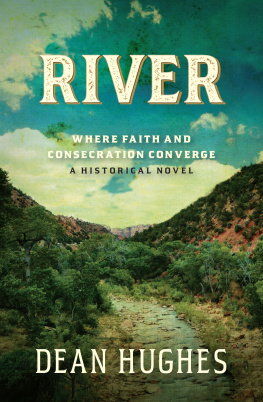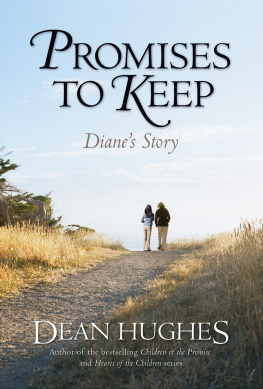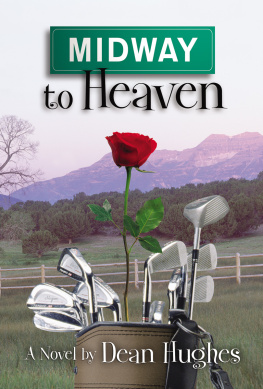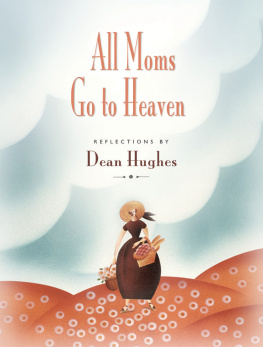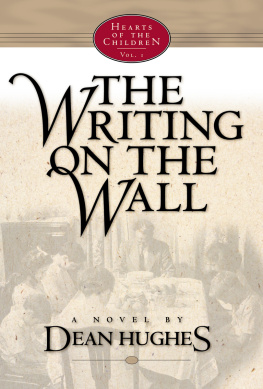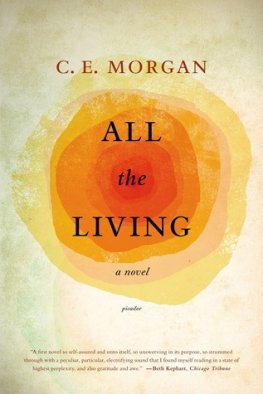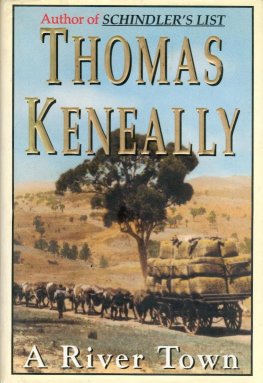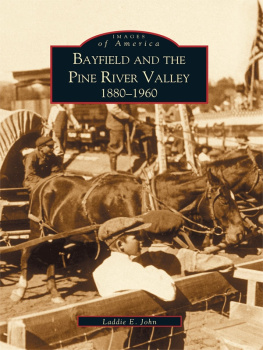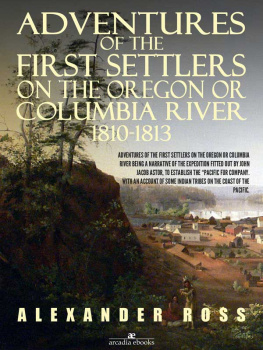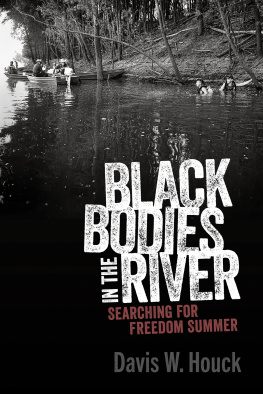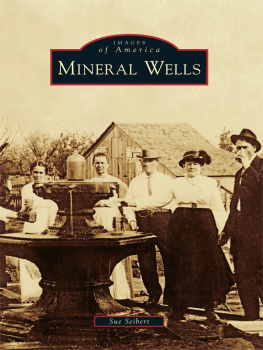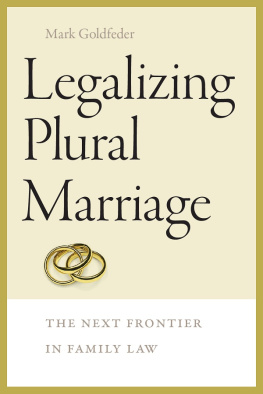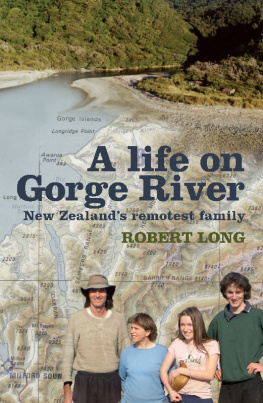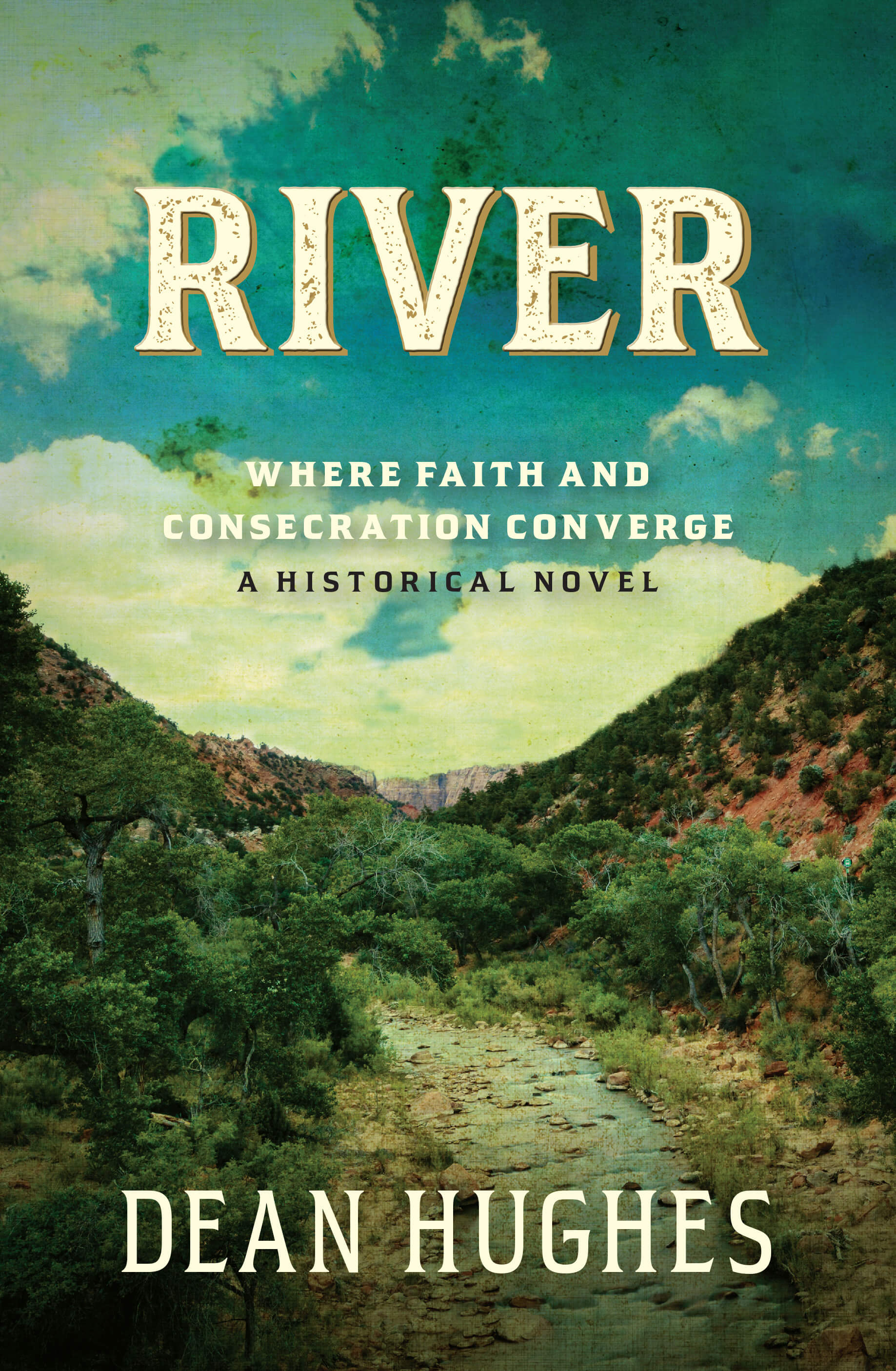2020 Dean Hughes
All rights reserved. No part of this book may be reproduced in any form or by any means without permission in writing from the publisher, Deseret Book Company, at permissions@deseretbook.com or PO Box 30178, Salt Lake City, Utah 84130. This work is not an official publication of The Church of Jesus Christ of Latter-day Saints. The views expressed herein are the responsibility of the author and do not necessarily represent the position of the Church or of Deseret Book Company.
This is a work of fiction. Characters and events in this book are products of the authors imagination or are represented fictitiously.
Deseret Book is a registered trademark of Deseret Book Company.
Visit us at deseretbook.com
Library of Congress Cataloging-in-Publication Data
Names: Hughes, Dean, 1943 author. | Hughes, Dean, 1943- Muddy.
Title: River : where faith and consecration converge : a historical novel. Book two / Dean Hughes.
Description: Salt Lake City, Utah : Deseret Book, [2020] | Includes bibliographical references. | Summary: Morgan Davis and his family have moved, along with many of their fellow Saints from the Muddy River Mission, to Long Valley in southern Utah. There they are invited by their prophet, Brigham Young, to embark on a new venture: the United Order. But creating Zion is not an easy task when so many personalities and needs come together Provided by publisher.
Identifiers: LCCN 2019054639 | ISBN 9781629727448 (hardback) | eISBN 978-1-62973-940-3 (eBook)
Subjects: LCSH: MormonsUtahKane CountyFiction. | ConsecrationMormon ChurchFiction. | ConsecrationThe Church of Jesus Christ of Latter-day SaintsFiction. | United orders (Mormon Church)Fiction. | Kane County (Utah), setting. | LCGFT: Historical fiction. | Novels.
Classification: LCC PS3558.U36 R58 2020 | DDC 813/.54dc23
LC record available at https://lccn.loc.gov/2019054639
Printed in the United States of America
Lake Book Manufacturing, Inc., Melrose Park, IL
10 9 8 7 6 5 4 3 2 1
Book design Deseret Book Company
Art direction by Richard Erickson
Jacket design by Sheryl Dickert Smith
Cover photo by Matteo Colombo/Getty Images
For my granddaughter
Katherine Katie Russell
Contents
A Note to the Reader
River is a sequel to Muddy, but the books tell different stories. The main characters continue through the two-part series, but the setting changes dramatically. Muddy was set in the Muddy River Valley of southern Nevada, not far from present-day Las Vegas. Early Latter-day Saint missionaries were called to settle that region in 1865. By 1871, for a complex set of reasons, those missionaries were released from their mission, and many of them moved to southern Utah, to Long Valley, north of Kanab. The story of the Muddy River missionaries continues in a new location and greatly different circumstances.
The murky river in Muddy symbolizes the unclear choices these early settlers faced. The clear stream known as the East Fork of the Virgin River was a huge contrast for the settlers who moved to a higher altitude and a moderate climate. The clarity of the river symbolizes the pursuit of a higher purpose, the unity and peace that the people struggled to achieve. They established Orderville, where the longest-lasting version of the United Order persisted for ten years.
Modern Church members often speak of the United Order as a failed system, and they make sweeping assessments that have become clichs in classroom discussions. The fact is, when Brigham Young began to establish the law of consecration in the form of real-world organizations, he allowed each community to write its own bylaws and develop its own procedures. No two Orders were exactly the same. Diagnoses about the so-called failures of these organizations inevitably oversimplify actual events.
United Order organizations actually took many forms. Brigham Young liked the idea of a family approach, in which the people shared all their possessions, ate together in a common dining room, farmed large community fields and gardens, and raised animals as community herds. But in some places, including Salt Lake City, unity was sought only in the creation of cooperative businesses. One goal of the United Order was to build self-reliance and to avoid dependence on products being imported from outside the Utah Territory, but the ultimate purpose was to create a society in which there would be no rich or poor and all members would work together as equals.
The United Order relied on an agrarian way of life. Its hard to imagine how the systems developed in the nineteenth century could operate in our complex, interrelated business world. Our way of supporting one another now is through fast offerings, the Perpetual Education Fund, welfare programs, humanitarian missions, and other similar programs. Within each ward or branch of the Church, we work to bless each others lives. We minister to one another individually, and we use the ward and stake organizations to teach, encourage, and support.
But do we have both rich and poor among us? Brigham Young, in the final years of his life, preached throughout the Church that we were not yet living the full spirit of the law of consecration. I would hope that this book might offer some insight into what the Saints of the nineteenth century attempted to do to combat those problems. United Orders all dissolved in time, and this novel, based on history, might help us understand some of the reasons why. But I would hope that it might also raise a question: Are we doing all we can to bless one anothers lives and build that elusive society we call Zion?
Dean Hughes
Chapter 1
A ngeline Davis felt like herself again. Her confidence, even a sense of peace, had returned to her. She was actually surprised that she could be so happy.
It was a warm August morning, but not blazing, not oppressive like the summer days on the Muddy River, where she and her husband, Morgan, had lived the last three years. She liked this new placeLong Valleywith its pine-covered hillsides, broken here and there by white or rusty bluffs. She especially loved the riverthe East Fork of the Virgin. She had walked to the steep bank this morning and followed a little trail down to the edge of the stream. She had dipped and hoisted out a pail of cold water, but now she was lingering, enjoying the coolness of the shade under the willows and cottonwoods. The clear, flowing water symbolized for her all that was best about this valley. The years she had lived by the murky, smelly Muddy River now seemed like time spent in an alien land.
But much of her joy was coming from inside. She now knew for certain that she was expecting a baby. She was feeling a bit of baby sickness this morning, and that was part of why she waited before she began her walk back to the house. Her uneasy stomach was a discomfort she welcomed. Her little Morgy had been saved for her during the exodus from Nevadabrought back to life by a priesthood blessing when she had thought she had lost her only child to a fever. Now that son was more than a year old and toddling about on strong legs. Nothing could please her more than to provide him with a little brother or sister. Angeline had wondered, early in her marriage, whether something wasnt wrong with her, that she would miscarry her first babies, but now she believed she could bear more children, and she was certain that Ruth, her sister wife, would too. She trusted that their family would grow and thrive. She loved to hear her husband talk optimistically about the fall harvest and about the improvements he was planning for their house.

